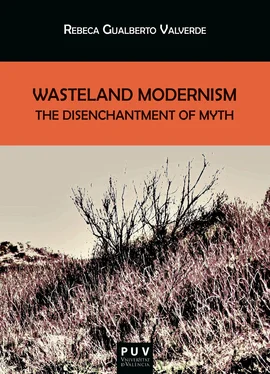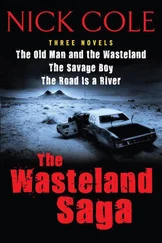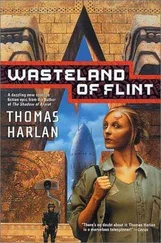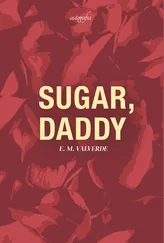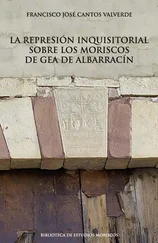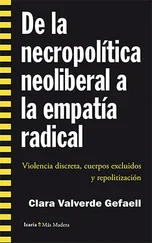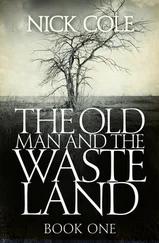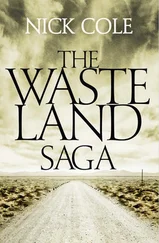Ariel’s song also appears in “A Game of Chess,” completing a scene of frustration and neurasthenia in which a man and a woman are unable to communicate. Shakespeare’s line interweaves with the anguished thoughts of a distraught character—“Are you alive, or not? Is there nothing in your head?” (Eliot TWL 126)—who is trapped in a decomposing, putrefying environment: “I think we are in rats’ alley / where the dead men lost their bones” (115-6). The scene “offers a stark examination of post-war traumatic shock and its destructive effects upon intimate relationships” (Badenhausen 149), which, along with the echo of Ariel’s song, perpetuates the lifeless atmosphere of the scene that opens this second canto, where life is petrified around Queen Cleopatra. She sits on her throne while around her, “all things deny nature” (Kenner 132). The materials seem to come to life while she remains “savagely still” ( TWL 110), trapped between desire and paralysis, as the iconic “dull roots [stirred] with spring rain” (4) at the beginning of the poem. While she combs her hair, Cleopatra listens attentively to the sound of footsteps on the stairs; but the expectation of a sexual encounter is arrested till the next canto. The Queen merges into the young typist, who, after the departure of her lover, “paces about her room again, alone, / (…) smoothes her hair with automatic hand, / and puts a record on the gramophone” (254-6). The parallelism between the two scenes and characters suggests that the sexual encounter, violent and indifferent at the same time, has done little to relieve the Queen’s tension. In fact, it has aggravated the paralysis. As Brooker and Bentley argued, the images that frame the scene in “The Fire Sermon” (the human engine as a taxi, and the typist’s arm as part of gramophone) identify the typist with an automaton. Simultaneously, the clerk is presented as an animal with “an itch that requires scratching” (123). For Brooks, the scene represented a world where “lust drives forward urgently and scientifically to the immediate extirpation of the desire (…) [and] defeats its own ends” (Brooks 193). For Brooker and Bentley, the section “is a dramatization not of lust but of the absence of lust” (123). Yet, whether lust defeats its own purpose or remains unattainable in a context of dehumanization, it seems clear that both inanimateness and lust are the specific shapes of the sexual violence enacted upon the female body in the poem (Scully 176). As the typist “automatic hand / (…) puts a record on the gramophone” ( TWL 255-256), she morphs into a sort of bionic Philomela. But while Mcvey argues that Philomela’s violent transformation into a nightingale is displaced into the gramophone singing the song in her stead (83), it is crucial to bear in mind that Philomela cannot speak, so only her voiceless “jug, jug” ( TWL 103, 204) resonates here and there in the poem. The scene of the clerk and “assault[ing] at once” the typist (239) may represent the cultural malaise of “undesire” (Mcvey 83), but violence is visibly simmering beneath boredom and frustration. Philomela told the story of her rape by weaving a tapestry because Tereus had cut off her tongue. The iconic representation is displayed in Cleopatra’s throne room in “A Game of Chess,” showcasing how rape and mutilation are “enchanted into art” (Cole 79). Yet, the poem is not complacent. As Cole argued, The Waste Land may recognize the symbolic and cultural potency of violence, but it “recoils from the brutality that sustains that edifice” (67). The sexual palette of the poem is made of “corruption, indifference, disappointment, violence” and of bodies that are “mere collections of parts” (Query 355).
The violent clerk, an incarnation of Tereus insofar as the typist may embody Philomela, is carbuncular, sick. For Lupack and Lupack, his sickness alludes to the castrating wound of the Fisher King (116), which establishes dehumanized sexuality as another form of malfunction that acquires a mythical dimension. Violence is another shape of the wound, and the sick, animalistic clerk is a different personification of the same archetype. Whether motivated by violence or barrenness, life and love are equally sterile in the poem. As Kenner noted, the King is invisible in “A Game of Chess” (131), but the weak, immobile king of chess is no different from Tereus. Lil’s husband is coming home from war and, after four years in the army, “he wants a good time” ( TWL 148). Toothless and looking antique at thirty-one, Lil has little to hope for. She has “never been the same” (161) after taking some pills to terminate her sixth pregnancy; she had had five children already, and the fifth one almost killed her. The prospect of her husband coming home threatens her life. There is no alternative. Violence and sickness take many shapes: indifference, frustration, isolation. But regardless of the specific symptoms of sexual and affective dysfunction, love and desire are irrevocably doomed to failure as generative forces of life.
IV
Sarah Cole, in her theoretical categorization of enchanted and disenchanted violence, claims that war is the phenomenon that most powerfully calls for a dichotomized understanding of violent death as either “a sign and precipitator of sublimity” or “a sign and precipitator of total degeneration and waste” (39). In The Waste Land , this double understanding is sustained because of how the enchantment of myth attempts to detain modernity’s disenchantment. Cole follows Weber to explain how rationalism, materialism, and the institutionalization of life take the place of sacredness and spiritually (40). This results in a “denuding of the magical” (41) that is somehow resisted towards the end of the nineteenth-century in the primitivism and anthropology—Frazer and Weston are clear examples—that enchant ritual violence to recognize its transformative power (42). 20 Myth-ritualism, and more specifically, the conception of myth advanced by this school of thought, is a clear example of enchanted violence. In Eliot’s poem, this enchantment violence is directly confronted with the harsh reality of another paradigm of generative violence: war and its transformation of violent death into “something positive, communal, perhaps even sacred” (44). According to Cole’s thesis, The Waste Land treads the fine line between enchantment and disenchantment, not clearly opting for one single understanding of violence, executing a “balancing act” and trading on the power of violence instead, “at times appropriating its force and creating something especially brilliant, at other times succumbing to the sheer ruin that violence leaves in its wake” (81). Badenhausen, on the contrary, believes that the poem “is tipped far more toward disenchantment than enchantment,” as it is a poem “distressed by violence but not redeemed by the artistic project that underlies it” (149). This study concurs but goes one step further. The representation of violence in the poem—or rather, as Badenhause very well notices, the representation of the aftermath of violence (147)—does not simply carry out a disenchantment of violent death but realizes a disenchantment of myth itself.
The Waste Land opens with a passage that Armin Paul Frank defined as “the ‘root’ consciousness vignette” (43), which is revealed as uttering the consciousness of the dead bodies buried underground at the end of the first canto. The mythical Waste Land takes here the shape of a real, historical wasteland holding within a generation of corpses, killed too soon, violently massacred. Towards the end of “The Burial of the Dead,” amid this literal wasteland, the speaker meets a fellow soldier:
Читать дальше
